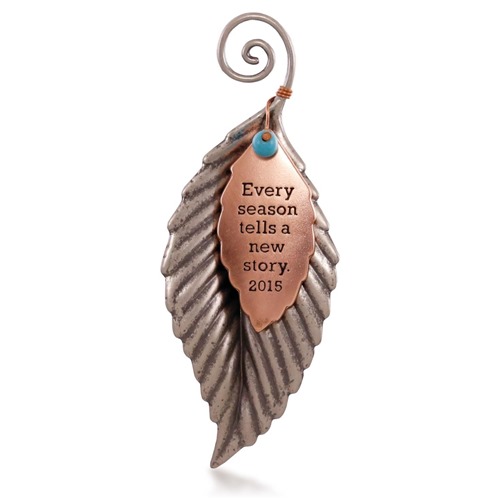I don’t know what there is about the latest from my woodworking shop that pleases me so; I just know that it does. And by latest, I don’t mean the unfinished hutch in process. We call it a hutch because that’s the purpose it will serve when finished, but it will actually be a short base cabinet with countertop beneath a short run of wall cabinets. For ease of construction—and also as a sort of practice run for the kitchen to follow—I’m making three separate base cabinets, as you see here, which will be followed by three separate wall cabinets, although I have every confidence I could just as easily have made two long cabinets.
But to return to “the latest,” I mean just that, the stack of slatted shelves on top of the center cabinet. When finished, these will be roll-out shelves for the wine cabinet that will comprise the unit at the far right. Truthfully, making them was pretty straight-forward. They’re just slats I cut to length and then glued to the long pieces that run top and bottom. Over the years I’ve done any number of glued-up projects that were considerably more difficult, but these just had such a satisfying look to them when I removed the clamps. I liked them even before I ran them through the thickness sander. And even now, looking at them unfinished, I find myself feeling very pleased with how they came out for reasons I’m not sure I can explain.
It’s not even a pride of creation because none of this is really mine. My blogging partner Joe Dusel gave me the idea of making roll-out shelves instead of fixed shelves for the wine. When they’re finished, they will have the obligatory crenellated front piece to help hold the bottles in place, although this particular shelf relies more on the slats you see here. They’re designed to trap the bottles in the open spaces, thereby ensuring that the bottles will not roll about. And that, in turn, is a detail I got online from someone who was happy to share her designs with others. So none of it is mine, and none of it is new, really, but still, there is just something so very gratifying in how it all fit together and finished out so well.
And here’s the coup de grâce. Once the project is finished, no one will pay the slightest bit of attention to these shelves as you see them here because they will not see them. Oh, you’ll see them when you roll out the shelves to retrieve or store a bottle of wine, but really now, who stops to admire slats that have been placed just so? Who will even care about the configuration of these shelves, other than him who made them?
Woodworking is like that, though. It’s an endless parade of details, none of which can be said to matter all that much unless you choose to consider the final picture. In the end of course, the whole is made up of the many details that went into it. Do a poor job on any of them and the project suffers, and I think this is true whether it’s readily noticeable or not. Once a joint is glued not even another woodworker can tell if it’s held together with dowels, biscuits, mortise-and-tenon, or nothing at all–a simple butt joint. But that detail matters because it determines the strength and longevity of the finished project. More than that, caring to that extent is proof positive that one has chosen the correct vocation.
Quality is everything. And in that sense, it’s also a bit of commentary on workmanship these days. “The Reckoning” by David Halberstam is a book that compared the American car industry to the Japanese. One of the incidents I found especially compelling was when some executives from Detroit were touring a Japanese car factory. They asked where the inspectors at the end of the assembly line were and where the yard for rejected cars that would require remedial actions to correct detected flaws. They were told that “each man on the line does his own quality control” and knew then that they were no longer able to compete with the Japanese in quality.
The whole idea of the project at hand is to ensure that one can store and retrieve wine bottles for decades, never giving the process a second thought. If the bottles must be placed just so to prevent their clinking together, it’s a fail. Success is when it works so well that people are really not conscious of its working at all. It has then a grace all its own; it’s a project that works.
Joseph
.


